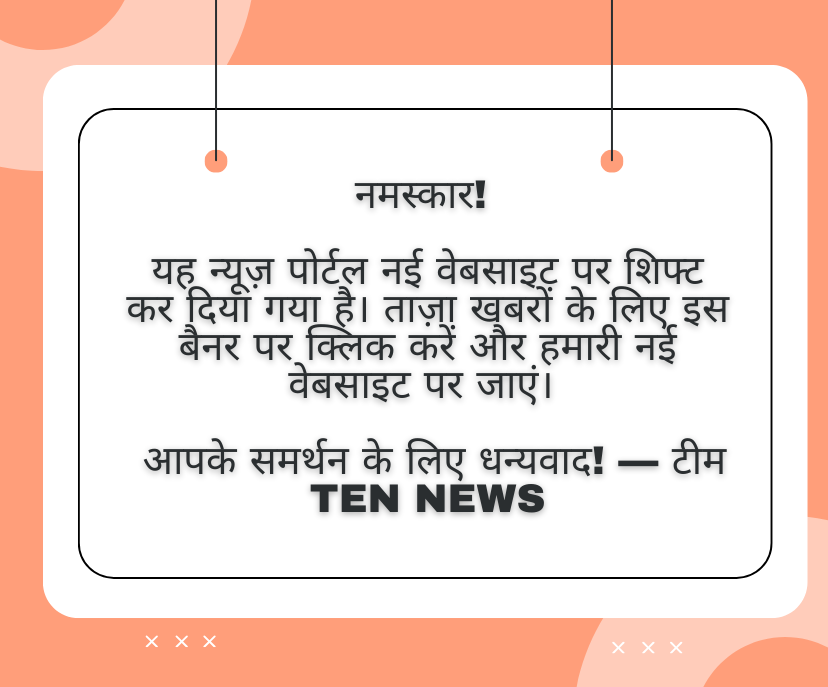By Gunjan Saini
With over 17% of the total worldwide population still enrolled in school, educators and students alike are being forced to rethink, collaborate and cohesively devise a way to reshape education in these testing times.
Throughout history, the education system has changed in an sluggish manner which has often prompted lament and criticism. In the 21st century, passive leaners are a thing of the past and this has bought the onset of online leaning.
Online education vs. Traditional education has been a long-standing debate. For many, online classes pose as a panacea to the myriad of problems in learning during this time of the corona virus. “It’s a great moment for learning”, says Andreas Schleicher, head of education at the OECD. “All the red tape that keeps things away is gone and people are looking for solutions that in the past they did not want to see,” he says. Video conferencing is the new way of teaching and online assessments- the new way of learning.
Although we may have to accept e-classrooms as the norm for the coming months, this rhetoric also brings into open view their drawbacks and pitfalls. For most students I know, the biggest challenge at the moment is scheduling and creating a study-positive environment outside school. While this seems menial, studies have shown that physical surroundings impact children’s performance by as much as 16 %.
Another challenge students may face is lack of motivation. Often, competitiveness motivates students to outperform their peers. With online classes, most tests and assessments are either delayed or not being administered, creating a lack of stimulus to study.
Technology too, may pose as a challenge. The recent issue of Zoom, leaking it’s users personal data by sharing it with strangers on the platform and in due process enabling unwanted video calls, highlights one of the many problems with this system. From malfunctioning to network problems, technological hinderances have no end.
While we have solved the problem at hand by replacing textbooks with pdfs, one is compelled to think whether these students will face disadvantages later in life because of this radical alteration.
Only time can tell whether chalkboards will forever be replaced by presentations or will these experiences renew our respect for traditional learning? For now, all we can do is live our lives through our online avatars and hope for the best.
(Author Gunjan Saini is a high school graduate who is passionate about using her voice to debate and deliberate over issues that perturb society)












